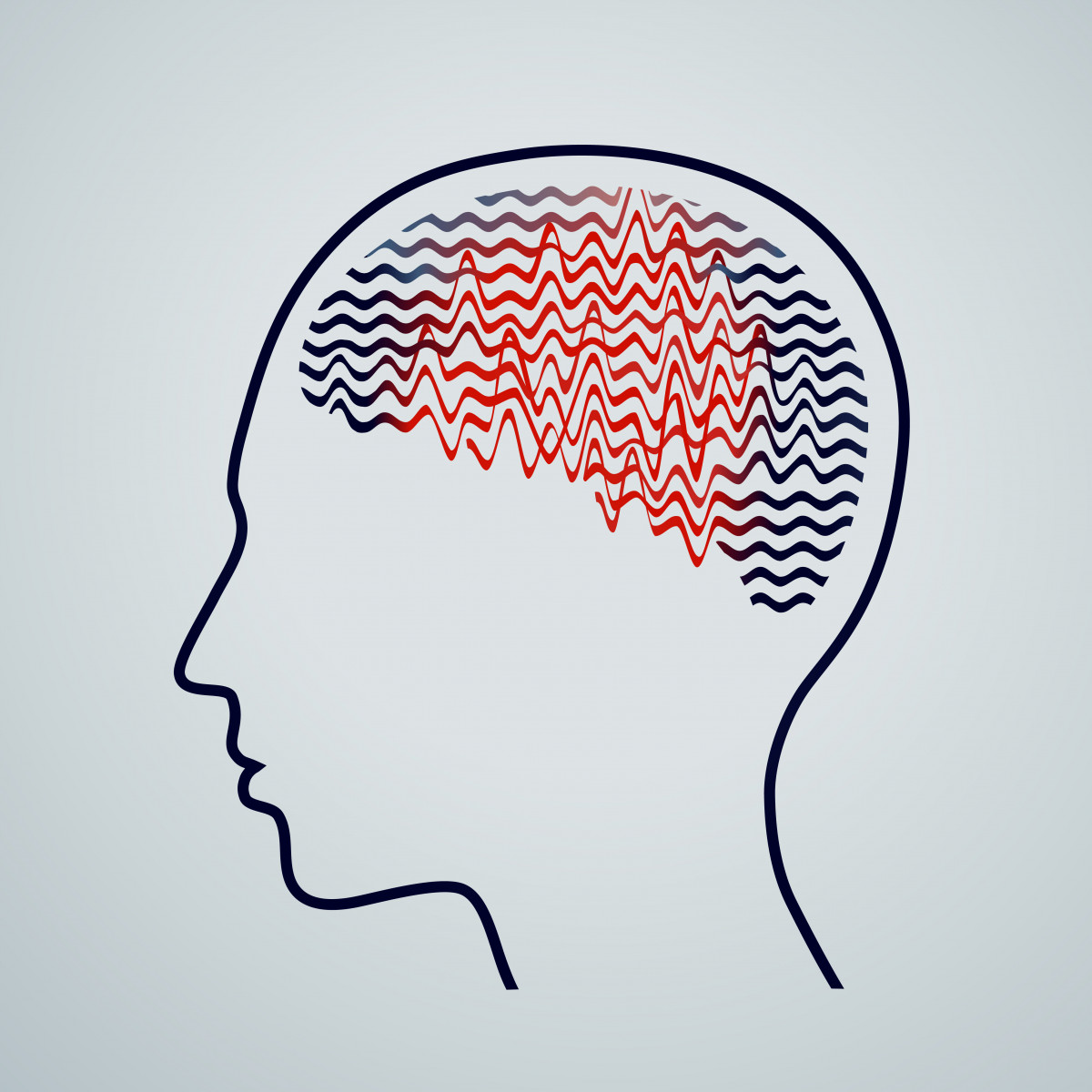Nerve Stimulation Device May Stem Seizures in Angelman Children with Refractory Epilepsy

Vagal nerve stimulation may effectively reduce seizures in children with Angelman syndrome with treatment-refractory epilepsy, a case series report shows. The device also made the children more alert and attentive, researchers reported.
Since the study involved only three patients, for which researchers analyzed outcomes retrospectively, the team argued that randomized trials are needed to prospectively evaluate if vagal nerve stimulation is a good option for these patients.
The study, “Vagal nerve stimulation for medically refractory epilepsy in Angelman syndrome: a series of three cases,” was published in the journal Child’s Nervous System.
Epilepsy is common in Angelman syndrome, researchers at the University Hospitals Case Medical Center and Rutgers New Jersey Medical School noted. Up to 90 percent of all affected patients have seizures — a likely effect of the genetic flaws causing the condition.
The DNA region where the UBE3A gene is located also holds the genes for so-called GABA receptors, involved in epilepsy, and these genes also may be affected by mutations, researchers said.
These mutations also make it more likely that patients will not respond to antiepileptic medications.
The research team described three children with Angelman syndrome with seizures that were not reduced by antiepileptic medications. All three children had some degree of atypical seizures.
Despite several antiepileptics, the children had several seizures, ranging from two to 30 daily attacks.
Vagal nerve stimulation is a method employing a surgically fitted device that electrically stimulates one of the main nerves, which runs from the abdomen to the brain. Researchers are not sure how the method acts to lower seizures, but believe that the stimulation makes the brain produce more dampening brain signals.
After the implantation of the vagal nerve stimulation device, the children’s parents described them as more alert, attentive or interactive, with improved quality of life and school performance. The seizures also were greatly reduced, ranging from three daily to one monthly episode.
Importantly, the children experienced few complications, making it a safe option for the treatment of medication-refractory epilepsy in this group of children, researchers said.
It is necessary, however, to study the method in a larger number of patients who are randomly assigned to treatment and control groups and followed over time, they concluded.






